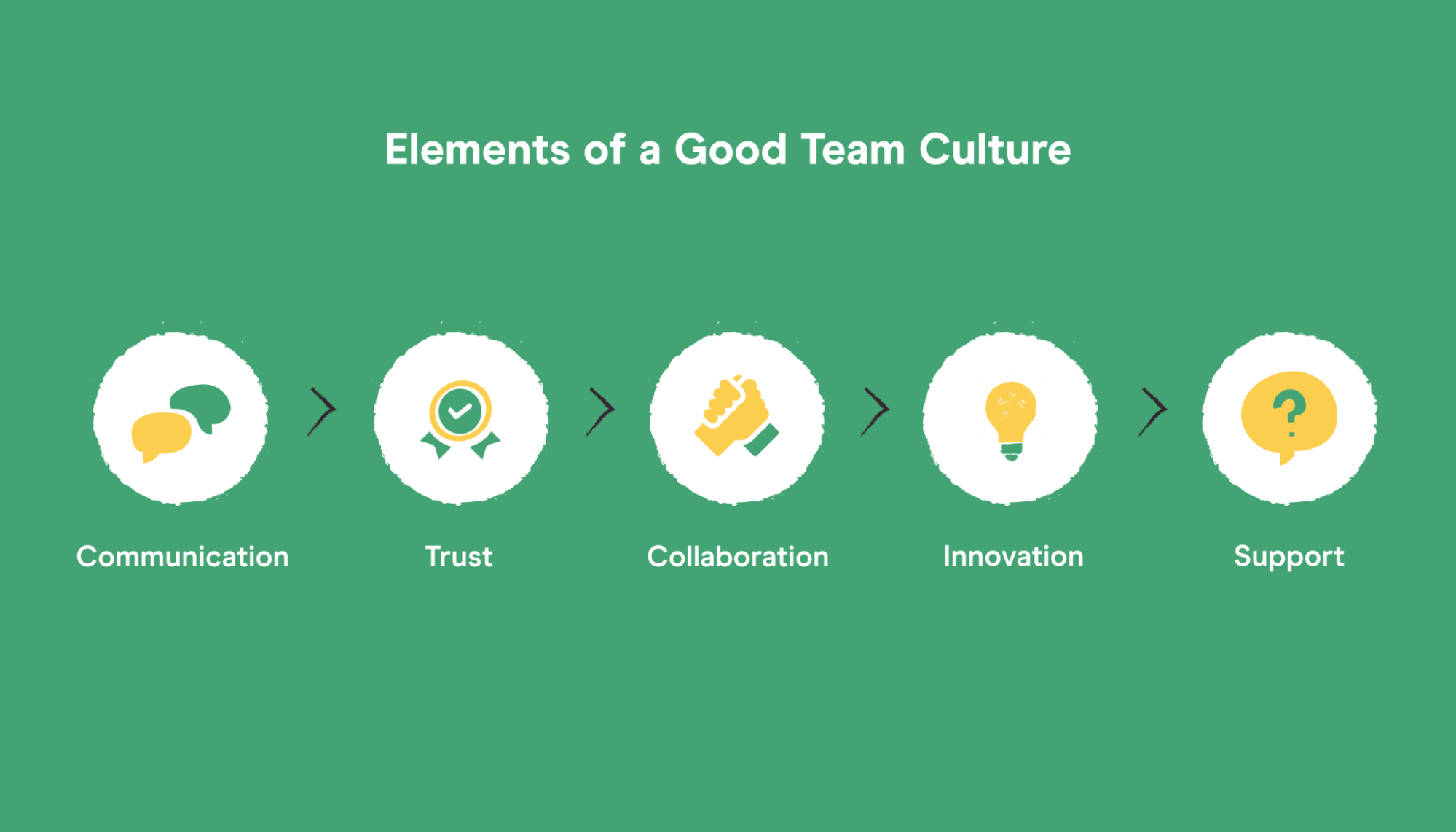In the crowded and cacophonous marketplace of today, where consumers are bombarded with an incessant stream of messages, merely having a great product or service is no longer sufficient to capture attention and foster loyalty. To truly resonate with your target audience and carve out a distinctive identity, businesses must cultivate something far more nuanced and powerful: a compelling brand voice. This voice is not merely a collection of words; it is the embodiment of your company’s personality, values, and unique perspective, articulated consistently across every touchpoint of customer interaction. Building a robust brand voice is a strategic imperative that transforms a business from a faceless entity into a relatable, trustworthy, and memorable presence, fostering genuine connection and driving enduring success.
The initial step in forging an authentic brand voice is to **understand your core identity and values**. Before you can speak to the world, you must first understand who you are as a business. What are your founding principles? What problem do you solve, and why does it matter? What emotions do you want to evoke in your audience? Are you innovative and disruptive, or traditional and reliable? Are you playful and whimsical, or serious and authoritative? Conduct internal workshops, interview key stakeholders, and define the essence of your brand’s character. For instance, a tech startup aiming to revolutionize an industry might adopt a voice that is bold, futuristic, and confident, whereas a luxury bespoke service would likely opt for a tone that is elegant, sophisticated, and exclusive. This introspection forms the bedrock upon which your linguistic identity will be built, ensuring authenticity in every communication.
Once your brand’s inherent personality is clear, the next crucial phase involves **knowing your audience intimately**. A voice, by definition, is meant to be heard and understood. Who are you trying to reach? What are their demographics, psychographics, pain points, aspirations, and communication preferences? Are they young and digitally native, responding to informal, direct language? Or are they seasoned professionals who prefer a more formal, data-driven approach? Understanding their language, their sense of humor (or lack thereof), and the level of jargon they tolerate will dictate the tone, vocabulary, and overall style of your brand’s communication. Crafting buyer personas can be incredibly helpful here, allowing you to tailor your voice to resonate directly with the individuals you aim to serve. A brand voice that speaks *to* its audience, rather than just *at* them, is inherently more engaging and effective.
With a deep understanding of both your brand and your audience, you can then begin the tangible work of **defining the specific attributes of your voice**. This often involves selecting a few key adjectives that describe how your brand “sounds.” Is it witty, empathetic, empowering, direct, sophisticated, or approachable? More practically, create a **brand voice guide**—a living document that outlines these attributes and provides concrete examples of how they translate into actual language. This guide should detail acceptable vocabulary, common phrases to use or avoid, guidelines for humor (if any), preferred sentence structure, and even punctuation nuances. For example, if your brand voice is “approachable,” the guide might suggest using contractions and conversational language, avoiding overly academic jargon. If it’s “authoritative,” it might favor concise, fact-based statements. This guide serves as an invaluable reference for everyone in your organization involved in communication, from marketing and sales to customer service, ensuring consistency regardless of who is writing.
The true power of a brand voice lies in its **consistent application across all touchpoints**. A voice that changes from your website to your social media, or from an email campaign to a customer service interaction, creates confusion and erodes trust. Every piece of communication—your website copy, blog posts, social media updates, email newsletters, advertisements, product descriptions, customer support scripts, and even internal communications—must echo your defined brand voice. This consistency builds recognition, reinforces your brand identity, and fosters a sense of familiarity and reliability with your audience. It’s about creating a holistic experience where the personality of your brand is felt in every interaction, building a stronger, more cohesive brand image.
Finally, remember that building a brand voice is an **iterative process that requires ongoing monitoring and refinement**. The market evolves, your audience’s preferences may shift, and your own brand might mature. Regularly solicit feedback from customers through surveys or social listening. Analyze engagement metrics for your content to see what resonates most effectively. Are your messages landing as intended? Are customers interpreting your tone correctly? Be prepared to make subtle adjustments to your voice guide as needed, ensuring it remains relevant, authentic, and impactful. This continuous commitment to refinement ensures your brand voice remains fresh, relevant, and powerfully connected to your evolving business and audience.
In conclusion, in an age where genuine connection is a differentiator, building a compelling brand voice is not a peripheral marketing task but a central strategic pillar for business success. By deeply understanding your brand’s identity, intimately knowing your audience, meticulously defining the attributes of your voice in a practical guide, ensuring unwavering consistency across all communications, and committing to ongoing refinement, businesses can transcend mere transactions. They can instead cultivate a distinct and memorable personality that resonates deeply with customers, fosters trust, drives loyalty, and ultimately builds a robust and enduring brand presence in the modern marketplace.





